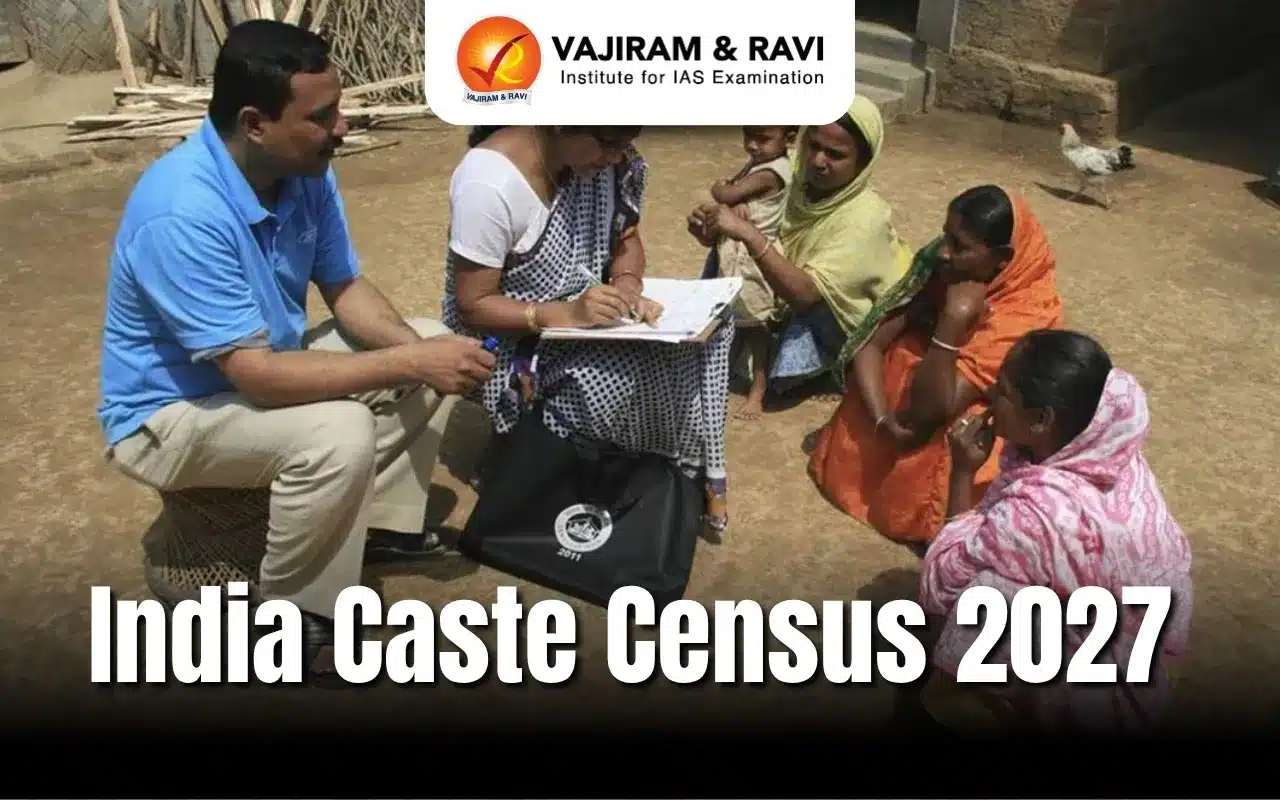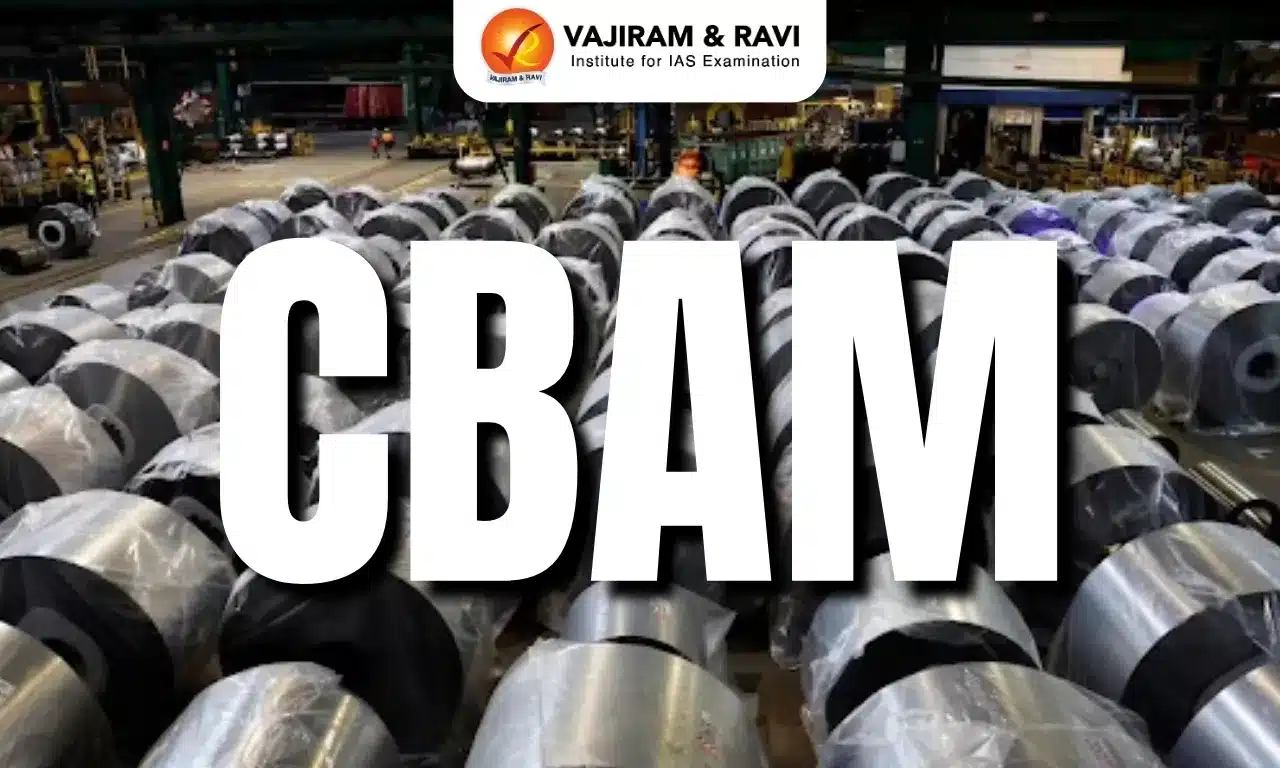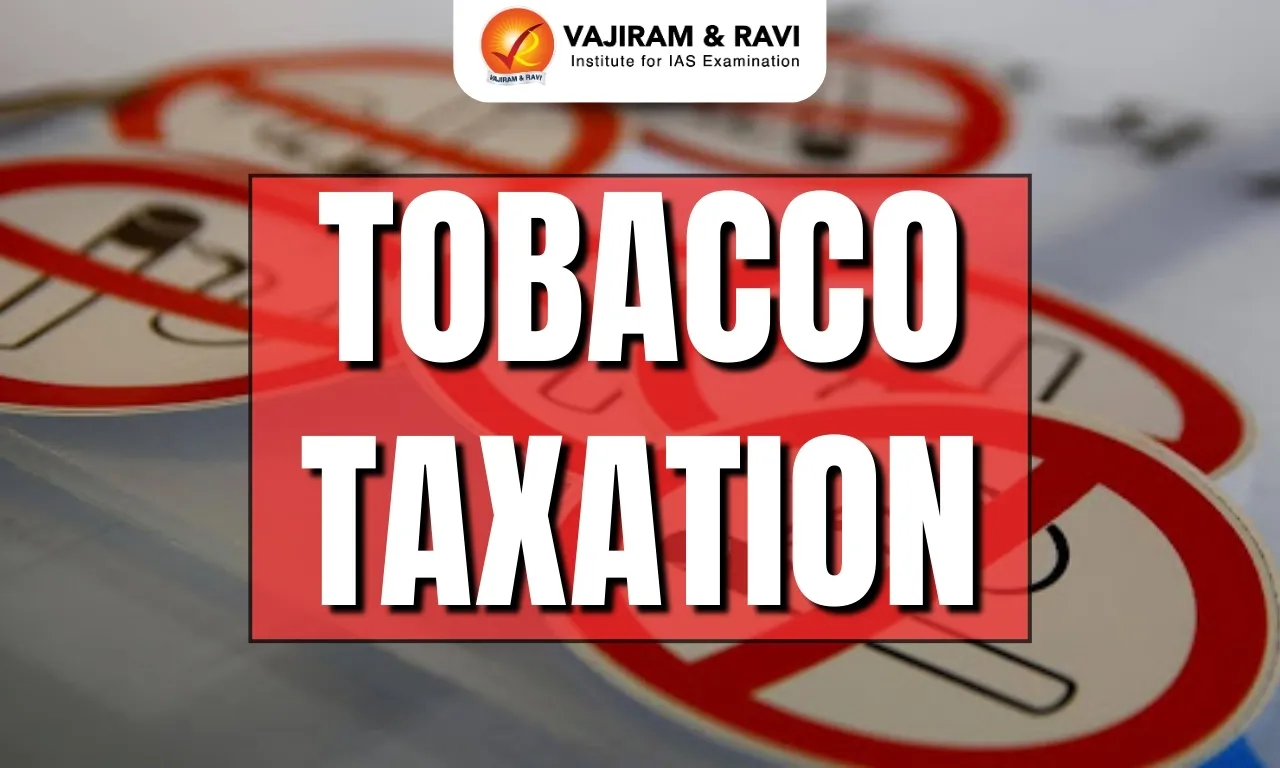Caste Census Latest News
The Central Government has announced that the next Census would take place in 2027 and that it would collect information on castes.
Introduction
- India is preparing to conduct its next decennial Census in 2027, with a significant change: the inclusion of caste enumeration.
- This marks the first such effort since 1941 and aims to provide data that could help bring marginalised communities into the policy mainstream.
- However, experts and statisticians argue that to fulfil this ambitious goal, a fundamental restructuring of the current Census design and methodology is essential.
Timeline and Process of the Upcoming Census
- The Census will be conducted in two key phases:
- House-listing Phase (2026): Scheduled between April and September 2026, this phase will record data about dwelling units and household amenities.
- Population Enumeration Phase (2027): This phase will collect demographic, social, and economic data, including caste-related information.
- Caste enumeration will occur during the second phase, which represents a marked departure from earlier Censuses that did not record comprehensive caste data, except for Scheduled Castes (SCs).
Significance of Caste Enumeration
- India last attempted caste enumeration in the 1941 Census, but the data was never processed due to the outbreak of World War II.
- The last usable caste data, therefore, dates back to 1931, making it grossly outdated for modern policy use.
- The Union government, led by Prime Minister Narendra Modi, has justified this inclusion as a measure to integrate marginalised communities and enhance targeted policymaking.
- However, questions remain whether the current Census framework can deliver on this promise without substantive changes.
Limitations of the Existing Census Framework
- The current format of the Census questionnaire, based on the 2021 draft, only gathers caste data for SCs.
- To make caste enumeration meaningful, experts argue the need to collect data for all castes (excluding Scheduled Tribes), accompanied by adjustments in enumerator training, software tools, and data processing protocols.
- Moreover, key socio-economic indicators like employment, education, age at marriage, and place of birth are currently not cross-tabulated effectively with caste information.
- Existing questions on unemployment, migration, and childbirth suffer from conceptual ambiguity and low data quality, reducing their usefulness for caste-based policy analysis.
Suggested Reforms for Enhanced Data Collection
- Linking Household Data with Demographic Information
-
-
- One major reform proposed is the integration of housing and asset-related questions from the house-listing phase into the population enumeration phase. This change would:
- Reduce data linkage errors arising from a 6-9 month time gap between phases.
- Enable accurate correlation between caste and access to housing, electricity, and sanitation.
- Improve coverage in urban areas, which often suffer from higher omission rates.
-
- Making the Questionnaire Leaner
-
-
- Several questions have become outdated or redundant due to rapid social and technological change. These include:
- Ownership of mobile phones or computers.
- Household access to bank accounts.
- Streamlining the questionnaire would allow enumerators to focus on collecting accurate responses to more impactful variables.
-
- Ensuring the Utility of Collected Data
-
- Despite the Census providing caste-wise data for socio-economic variables for decades, such data has rarely informed the identification of Most Backward Castes (MBCs) or shaped welfare schemes beyond reservation frameworks.
- For caste enumeration to be genuinely transformative, the data must be analysed and integrated into broader public policy processes.
Challenges in Collecting Caste Data
- While Census data can be a vital tool, it also faces logistical and methodological hurdles, such as:
- Self-identification inconsistencies across castes and sub-castes.
- Lack of standardised caste lists.
- Enumerator biases and recording errors.
- Nevertheless, in the absence of any other large-scale, uniform data source, the Census remains the most feasible mechanism to gather caste-wise socio-economic data across India.
Way Forward
- To ensure the 2027 Census lives up to its potential, policymakers must:
- Redesign the questionnaire to capture more granular and relevant data.
- Improve enumerator training and digital tools for data collection.
- Integrate caste data with other critical indicators such as literacy, employment, housing, and migration.
- Commit to using the data beyond reservation quotas for broader social and economic reforms.
- If executed thoughtfully, this exercise could provide India with a rich dataset for evidence-based policymaking aimed at inclusive development.
Source : TH
Last updated on January, 2026
→ Check out the latest UPSC Syllabus 2026 here.
→ Join Vajiram & Ravi’s Interview Guidance Programme for expert help to crack your final UPSC stage.
→ UPSC Mains Result 2025 is now out.
→ UPSC Notification 2026 is scheduled to be released on January 14, 2026.
→ UPSC Calendar 2026 is released on 15th May, 2025.
→ UPSC Prelims 2026 will be conducted on 24th May, 2026 & UPSC Mains 2026 will be conducted on 21st August 2026.
→ The UPSC Selection Process is of 3 stages-Prelims, Mains and Interview.
→ UPSC Result 2024 is released with latest UPSC Marksheet 2024. Check Now!
→ UPSC Toppers List 2024 is released now. Shakti Dubey is UPSC AIR 1 2024 Topper.
→ Also check Best IAS Coaching in Delhi
India Caste Census 2027
Q1. When will the next Census in India be conducted?+
Q2. Why is caste being recorded in the 2027 Census?+
Q3. What are the main criticisms of the current Census method?+
Q4. What reforms are suggested for better caste-based data collection?+
Q5. How can caste data from the Census be used effectively?+
Tags: caste census mains articles upsc current affairs upsc mains current affairs

















